Thermal imaging has become an essential tool in various fields, from medical diagnostics to security surveillance. But how does it actually work? In this article, we'll break down the science and technology behind thermal imaging in just three minutes.
What is Thermal Imaging?
Thermal imaging, also known as infrared thermography, is a method of using cameras to detect radiation in the infrared range of the electromagnetic spectrum and produce images of that radiation. This technology allows us to see variations in temperature, making the invisible visible.
Brief History and Development
The concept of thermal imaging dates back to the early 19th century when Sir William Herschel discovered infrared radiation. The first thermal imaging cameras were developed in the 1950s for military use. Since then, advancements in technology have made thermal imaging more accessible and useful in various applications.
How Does Thermal Imaging Work?
Infrared Radiation
All objects emit infrared radiation as a function of their temperature. The amount of radiation increases with temperature. Thermal cameras are designed to detect this radiation and convert it into an image.
Detection and Conversion
- Infrared Sensor: The core component of a thermal camera is the infrared sensor, which detects the infrared radiation emitted by objects.
- Optics (Lens): The lens focuses the infrared radiation onto the sensor.
- Processor: The processor converts the detected infrared radiation into a visual image by assigning different colors or shades of gray to different temperatures.
- Display: The processed image is displayed on a screen, showing the temperature variations of the objects in the scene.
Components of a Thermal Imaging System
- Infrared Sensor: Detects infrared radiation.
- Optics (Lens): Focuses the infrared radiation onto the sensor.
- Processor: Converts infrared data into a visual image.
-
Display: Shows the thermal image.

Applications of Thermal Imaging
Thermal imaging has a wide range of applications across different industries:
Medical Diagnostics
Thermal imaging is used in medicine to detect abnormalities in body temperature, which can indicate underlying health issues such as inflammation or tumors.
Building Inspections
Thermal cameras are invaluable in building inspections for detecting heat leaks, moisture issues, and electrical problems that are invisible to the naked eye.
Industrial Maintenance
In industrial settings, thermal imaging helps in predictive maintenance by identifying overheating equipment, which can prevent failures and downtime.
Security and Surveillance
Thermal cameras enhance security and surveillance systems by detecting intruders in complete darkness or through smoke and fog.
Wildlife Observation
Biologists and wildlife enthusiasts use thermal imaging to study animal behavior in their natural habitats without disturbing them.


Advantages of Thermal Imaging
Thermal imaging offers several benefits:
- Non-invasive and Non-contact: It allows for temperature measurement and diagnostics without physical contact.
- Effective in Total Darkness: Unlike visible light cameras, thermal cameras can operate in complete darkness.
- Accurate Temperature Measurement: Provides precise temperature readings of objects and surfaces.
Limitations of Thermal Imaging
Despite its advantages, thermal imaging has some limitations:
- High Initial Cost: Thermal cameras can be expensive, especially high-resolution models.
- Limited Detail in Images: Thermal images do not show fine details like visible light images.
-
Requires Specialized Training: Proper interpretation of thermal images requires training and experience.

Future of Thermal Imaging
The future of thermal imaging looks promising with continuous technological advancements. These include higher-resolution sensors, lower costs, and integration with artificial intelligence for enhanced image analysis. Potential new applications are emerging in fields like autonomous vehicles, smart home devices, and more.
Thermal imaging is a powerful technology that has revolutionized various fields by making the invisible visible. From medical diagnostics to industrial maintenance, its applications are vast and continually expanding. Understanding how thermal imaging works helps us appreciate its value and potential for future innovations.
FAQs
Q: Can thermal imaging see through walls?
A: No, thermal imaging cannot see through walls, but it can detect temperature differences on the surface of walls, which can indicate underlying issues.Q: How far can a thermal camera see?
A: The range of a thermal camera depends on its specifications, but most can detect heat sources several hundred meters away.Q: Is thermal imaging harmful?
A: No, thermal imaging is non-invasive and does not emit any radiation; it only detects infrared radiation emitted by objects.


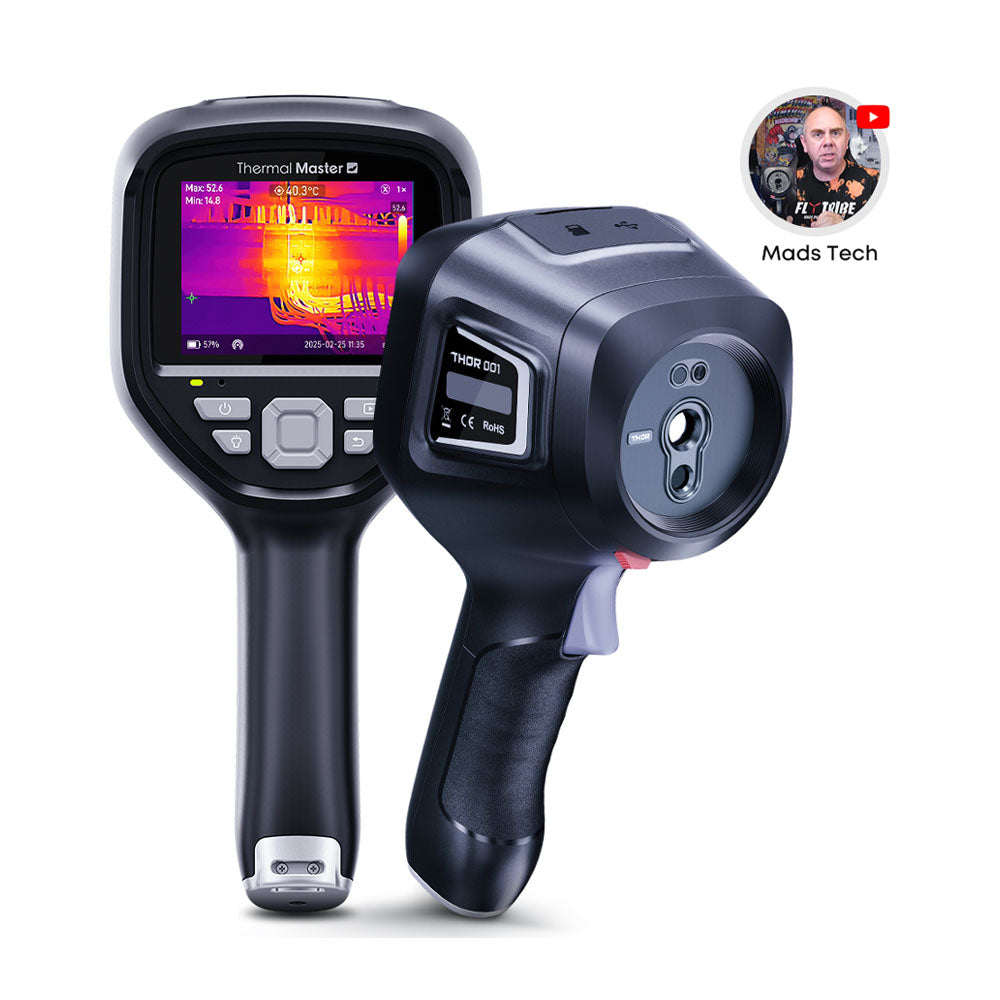

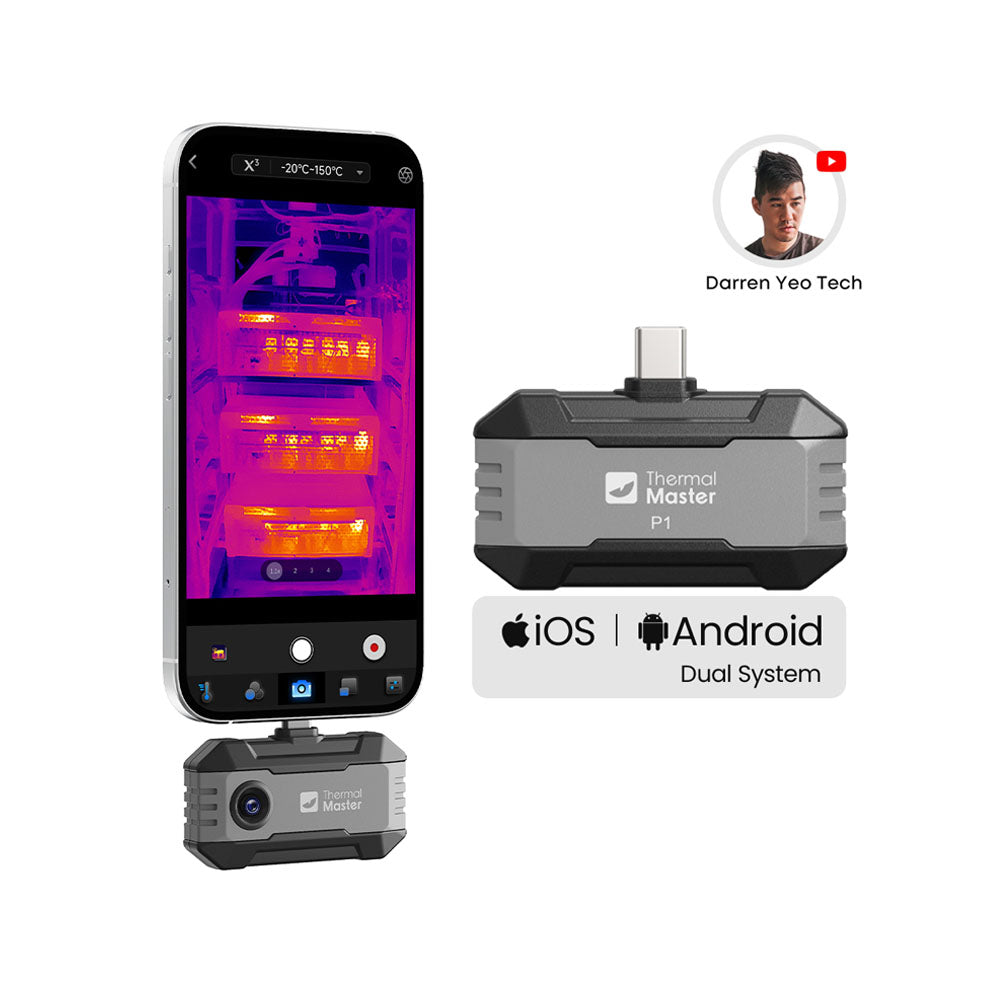
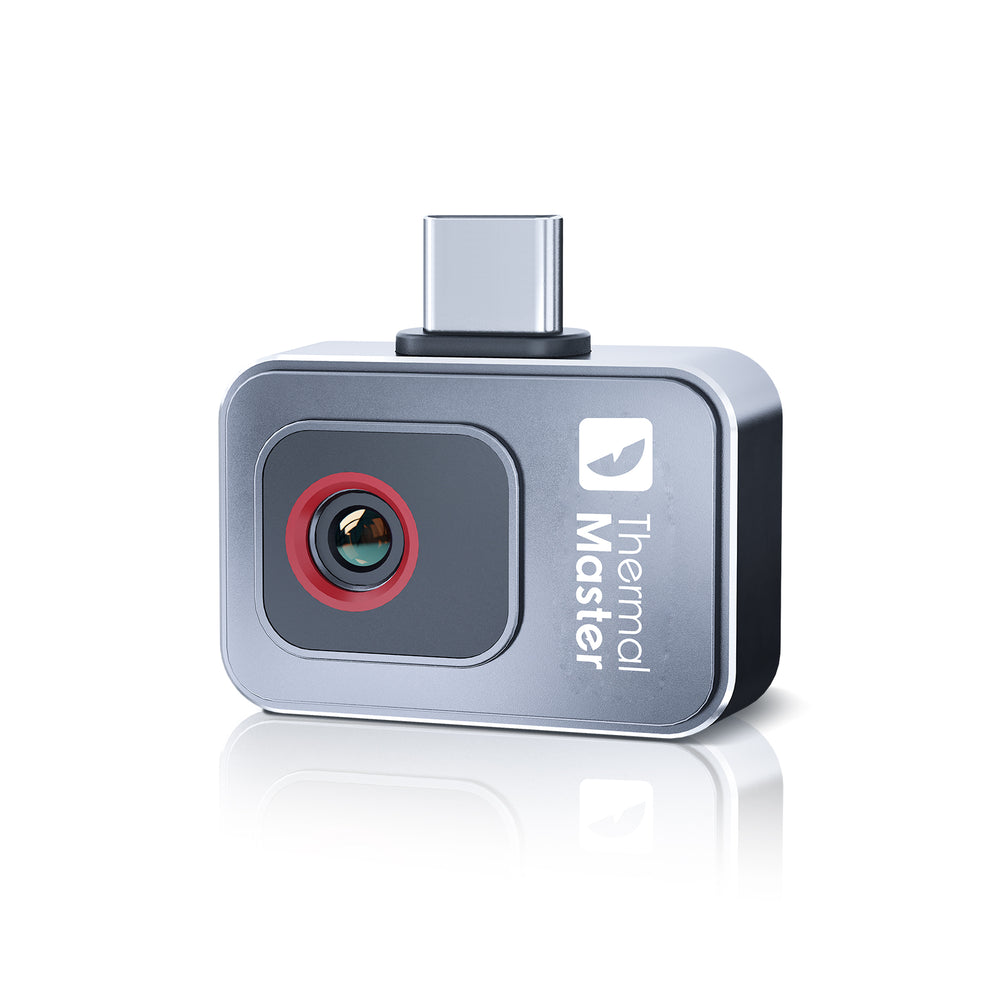
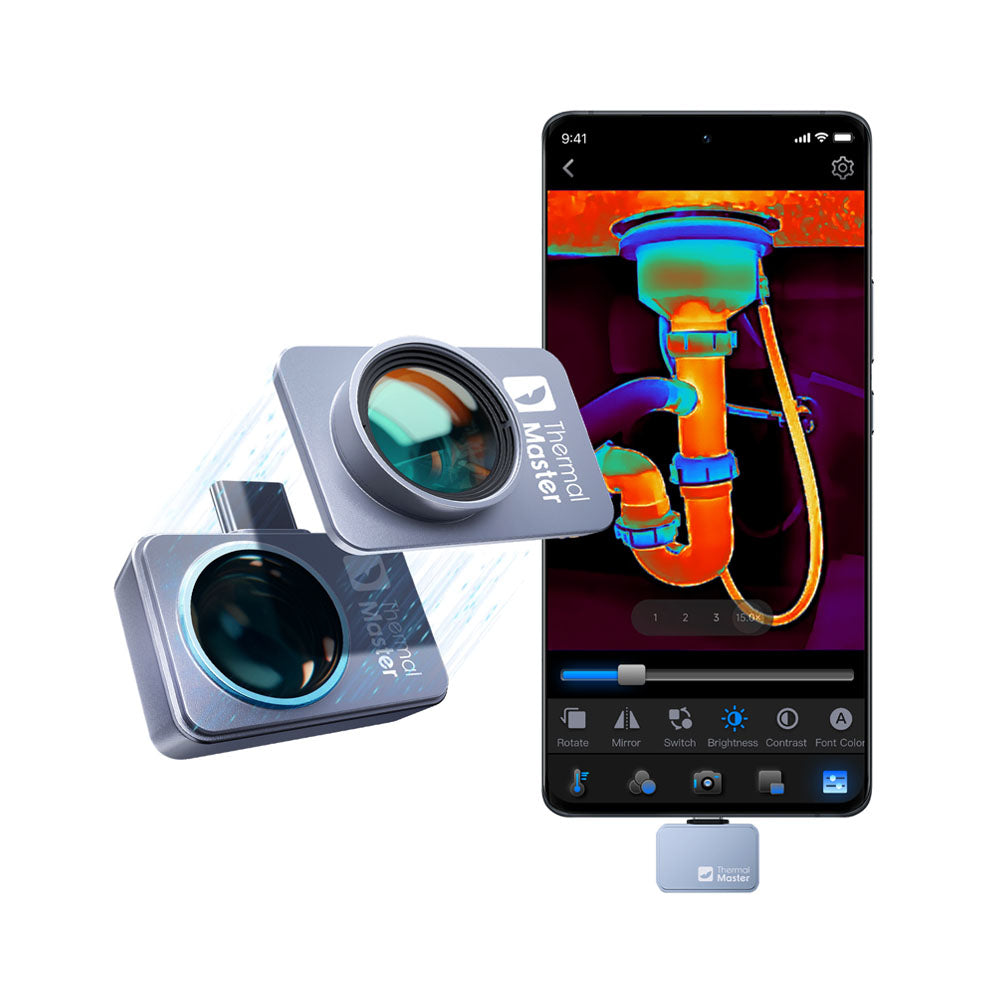

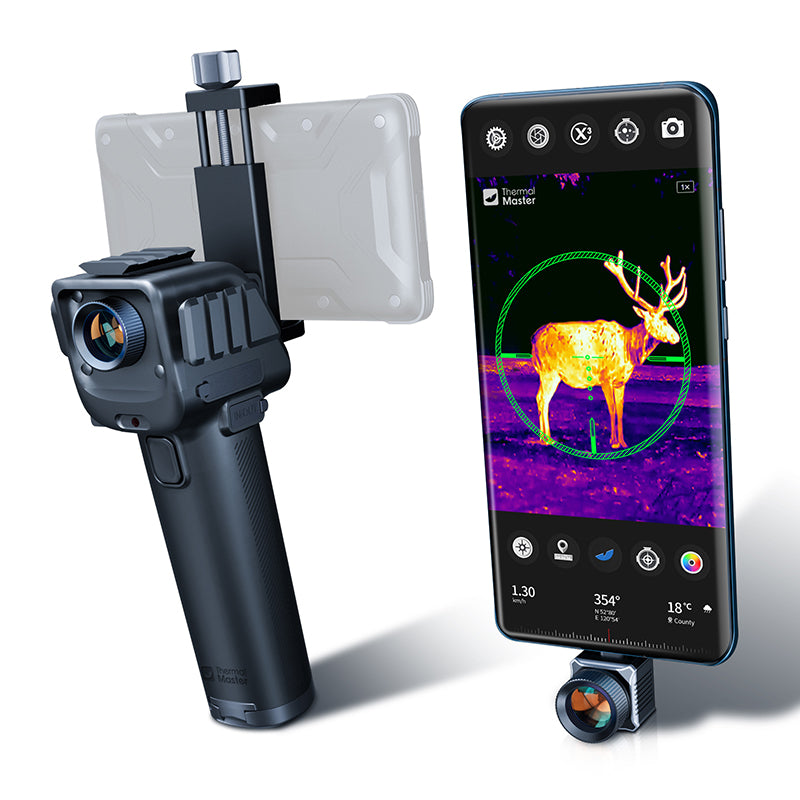
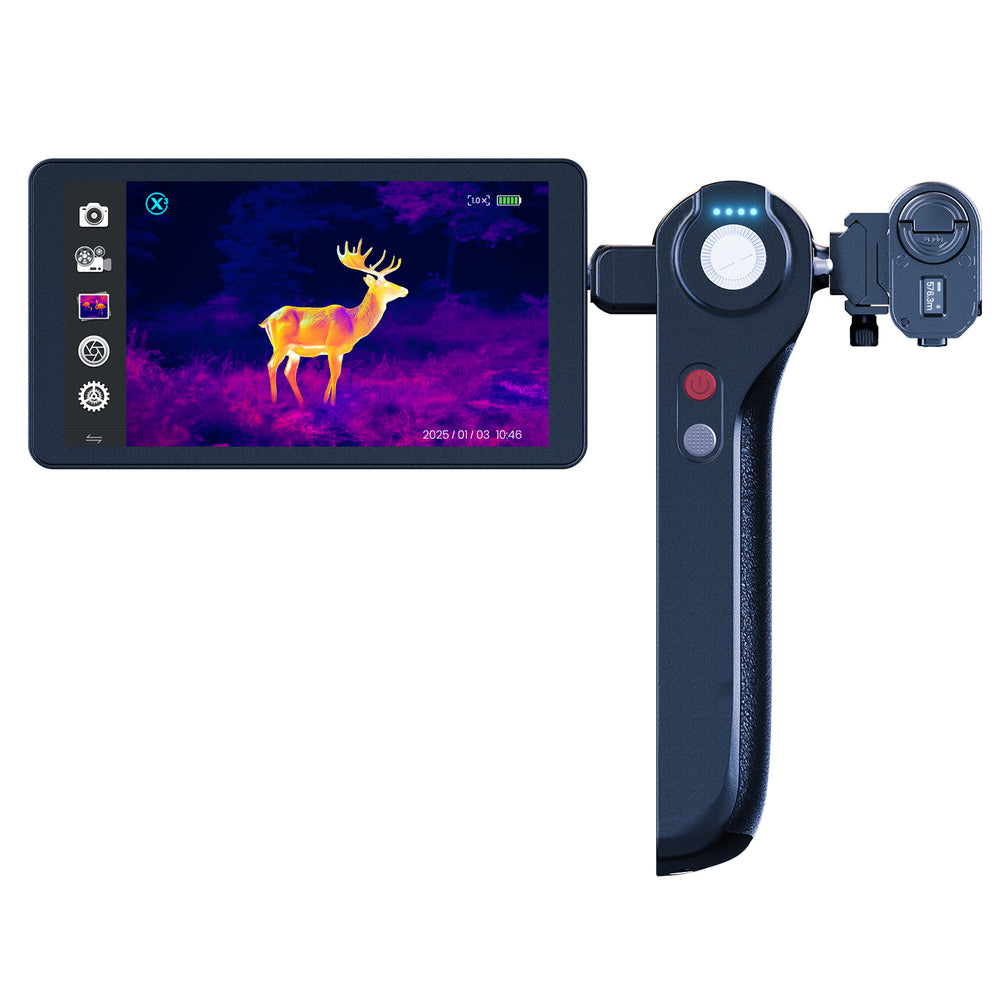
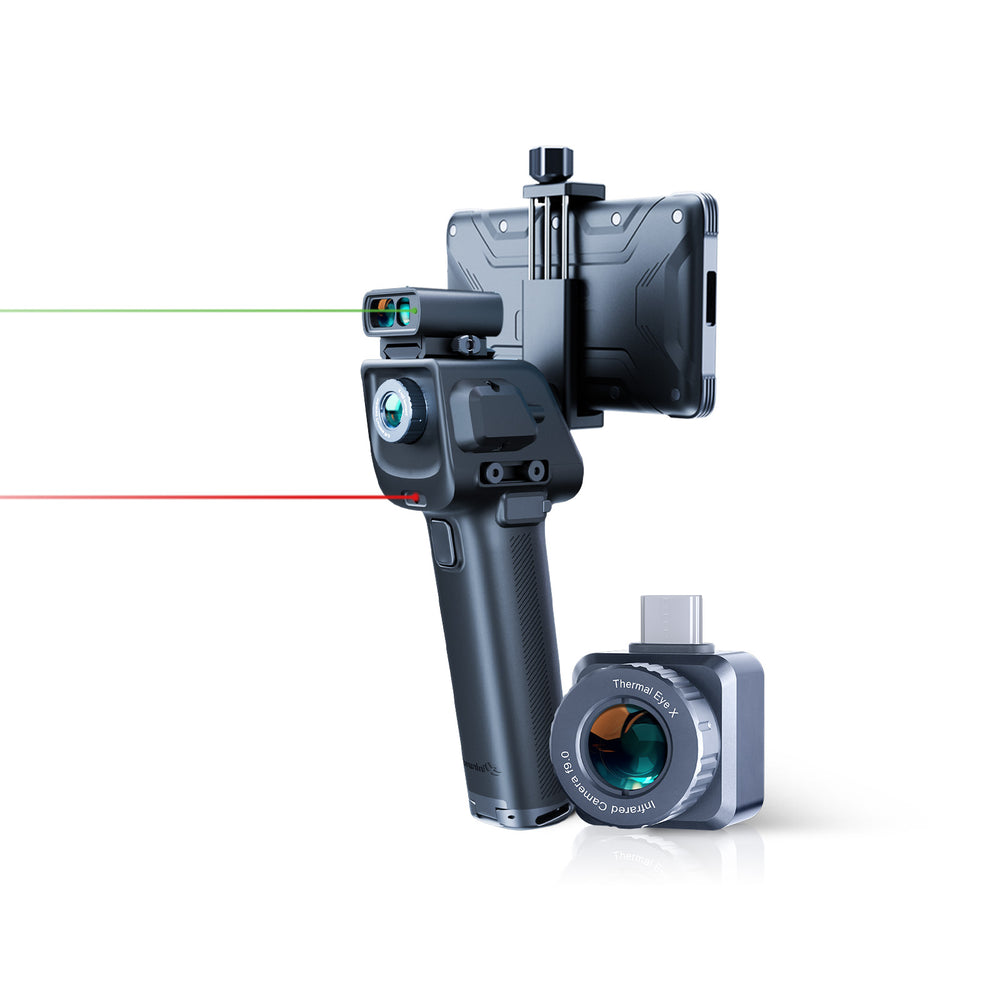
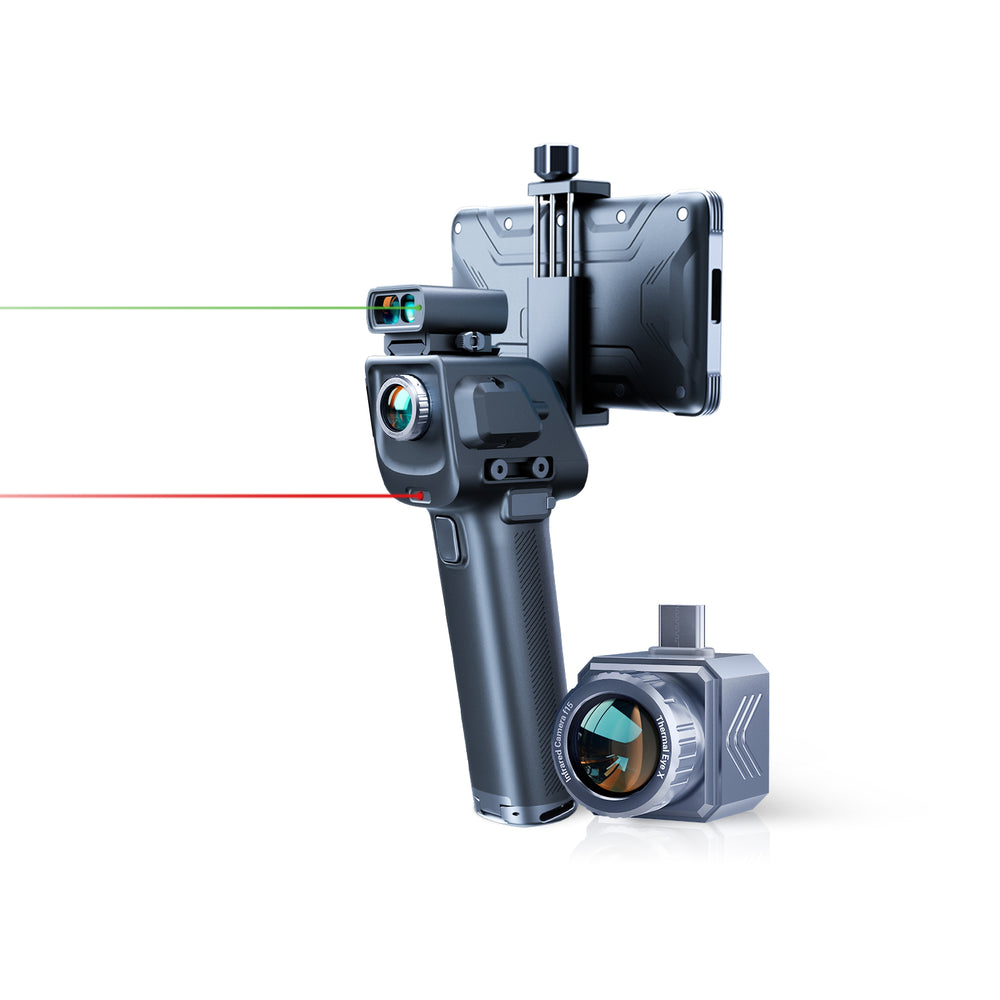
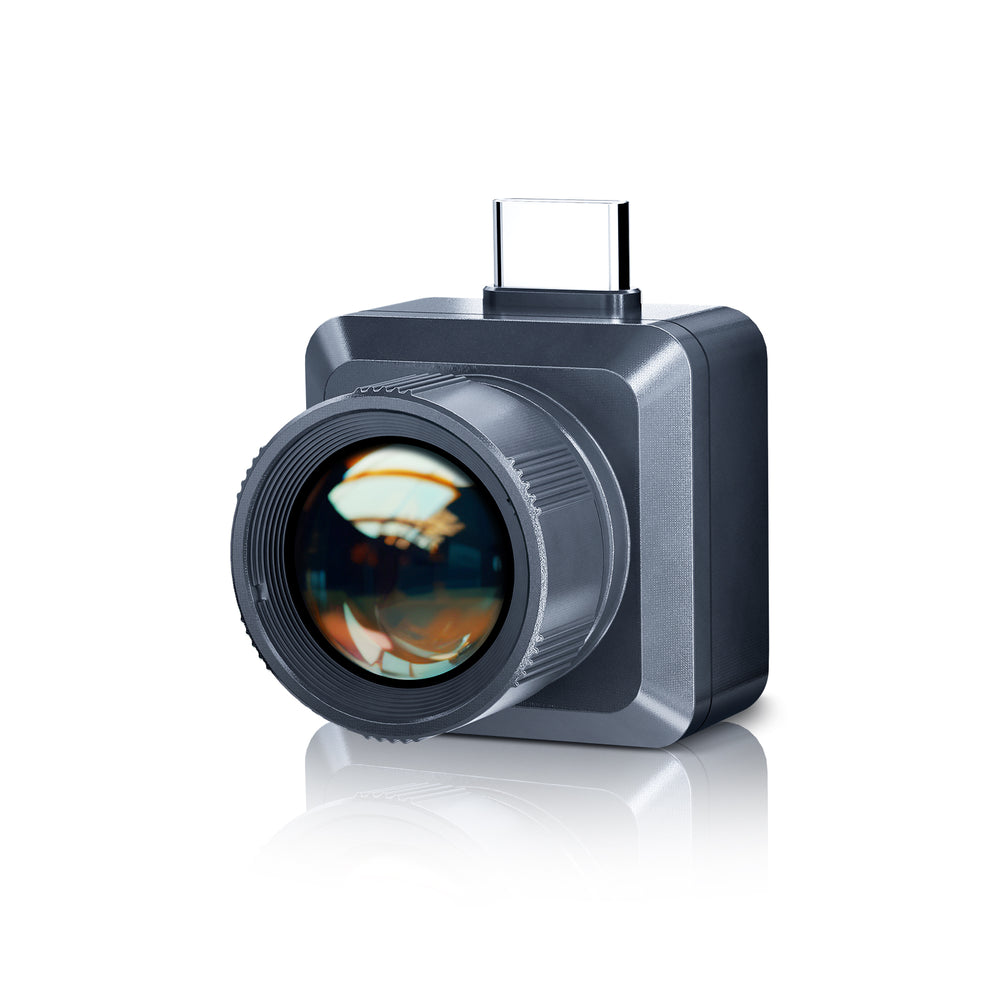
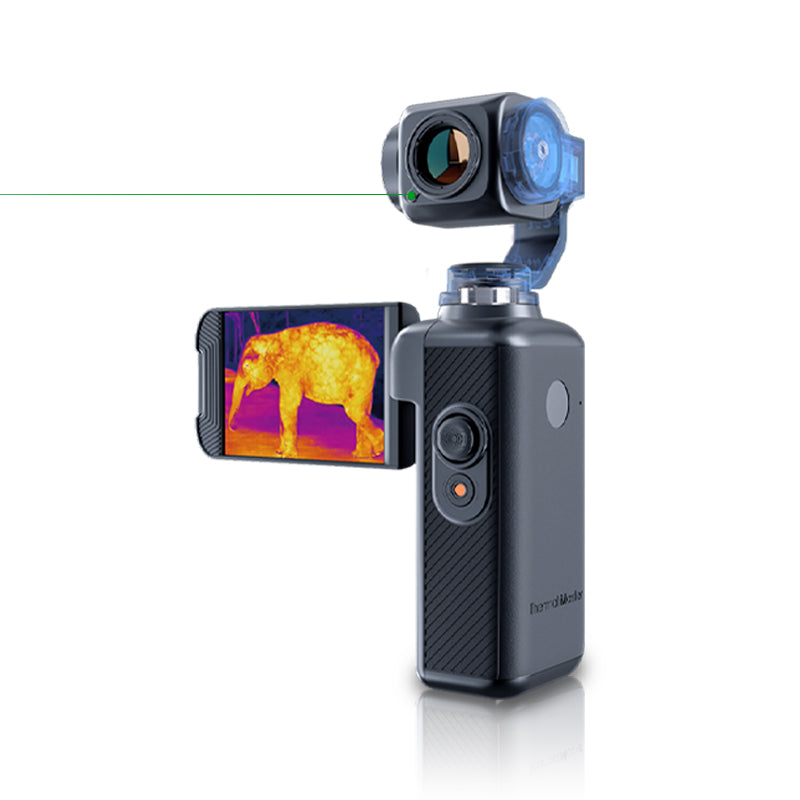
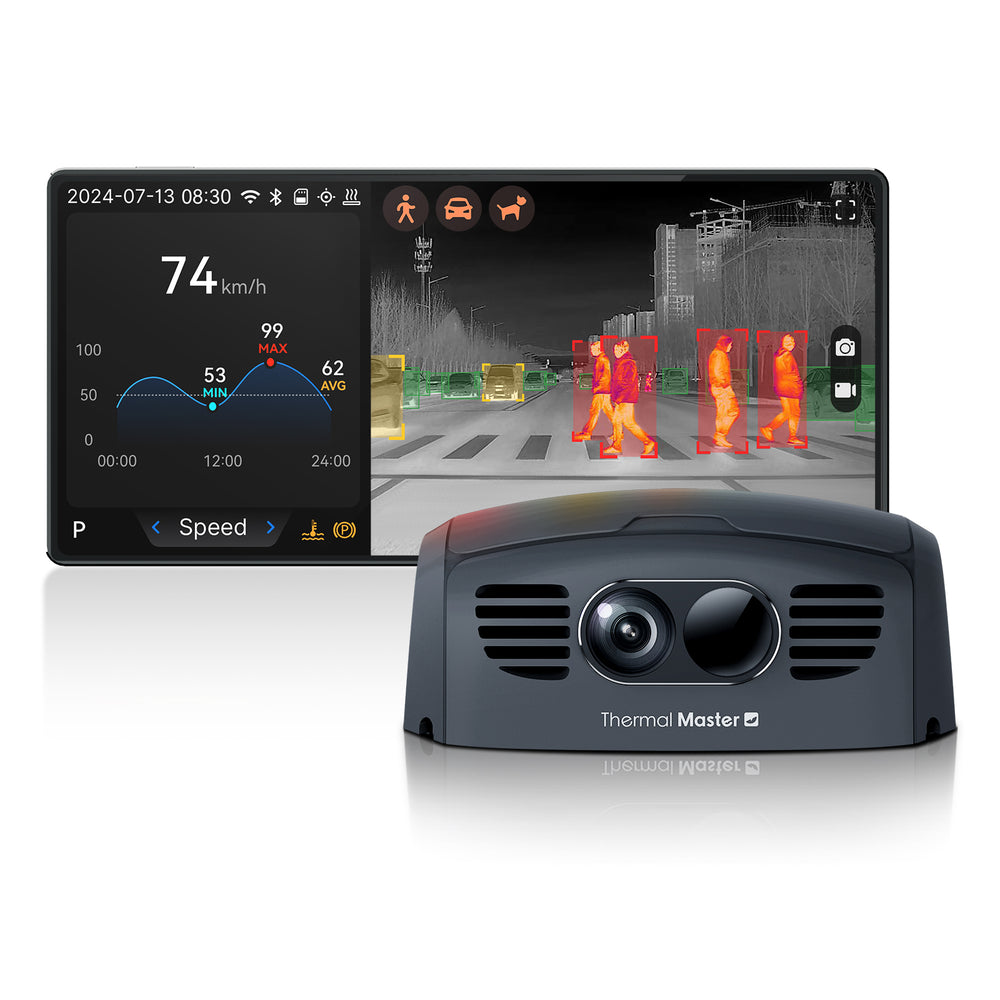
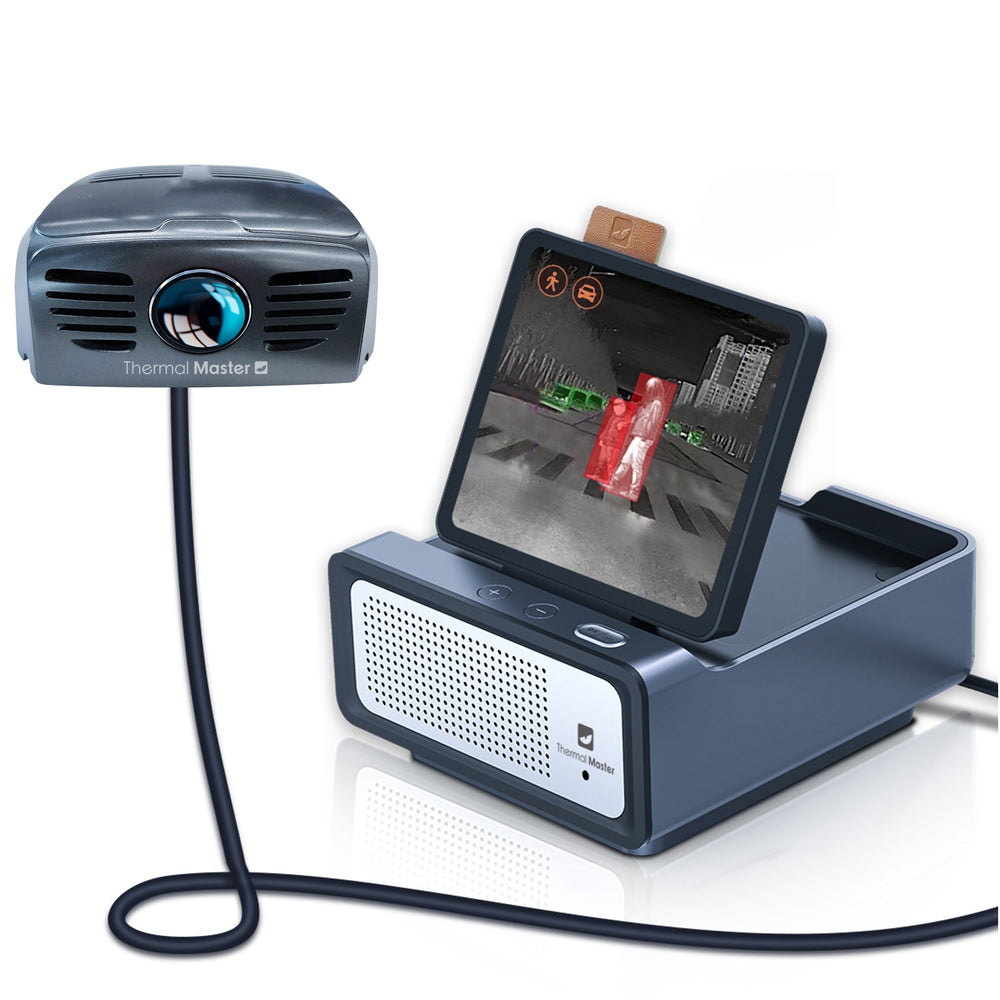
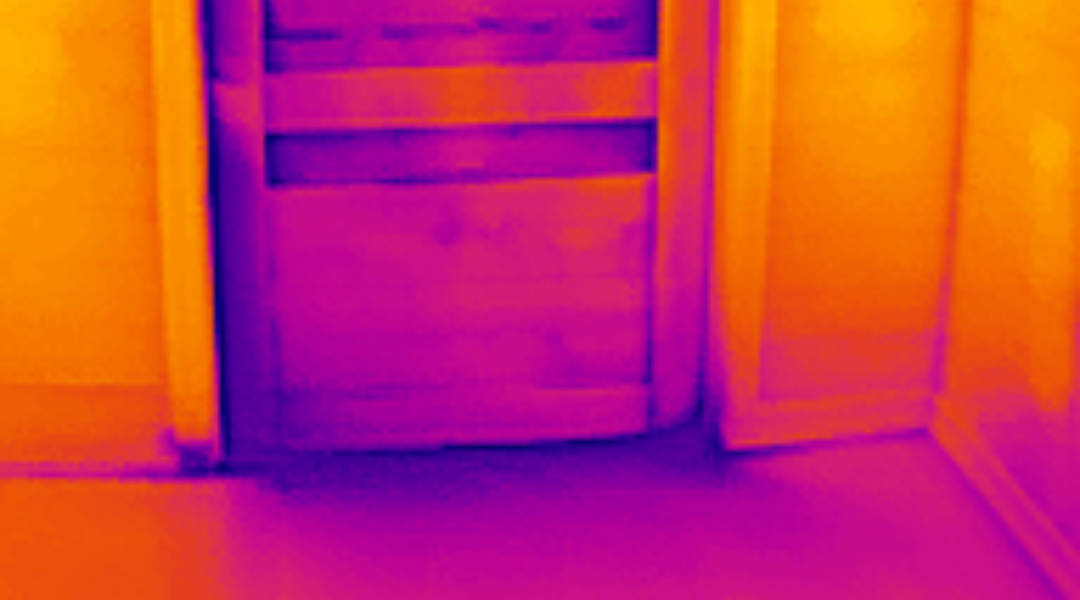
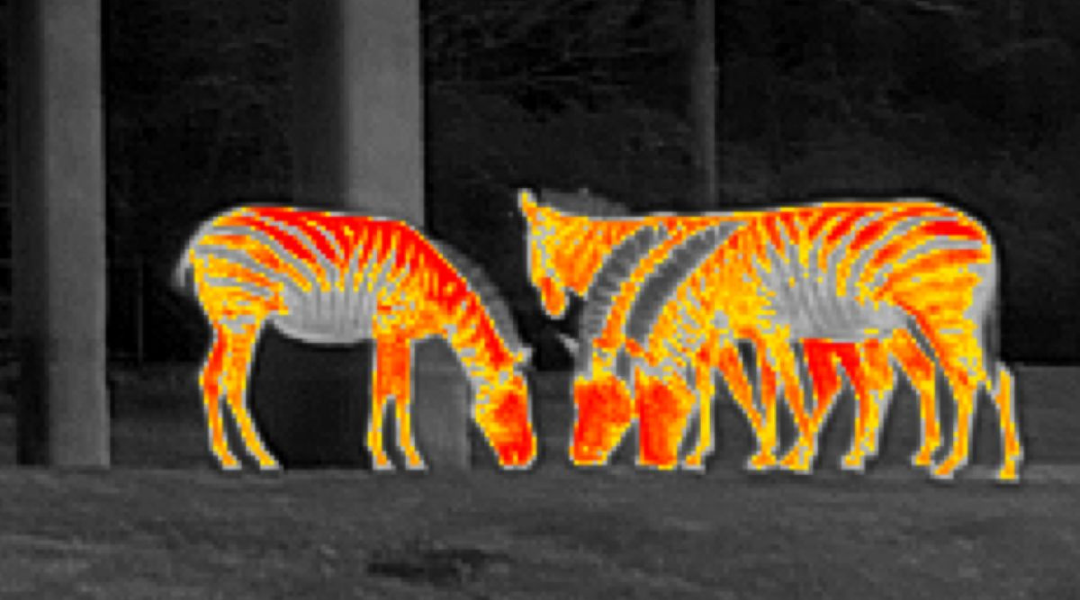
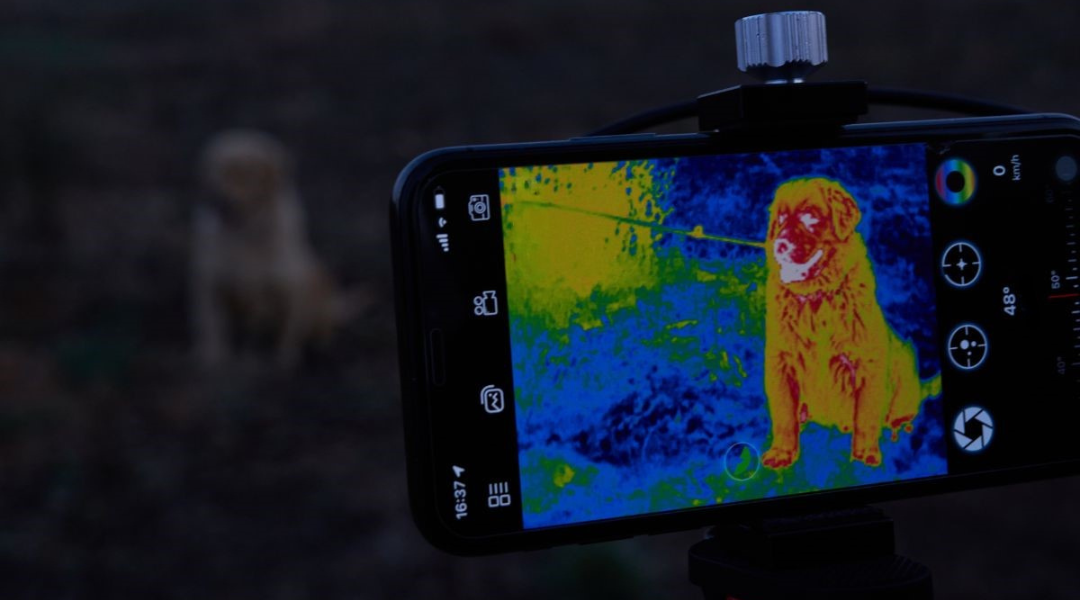
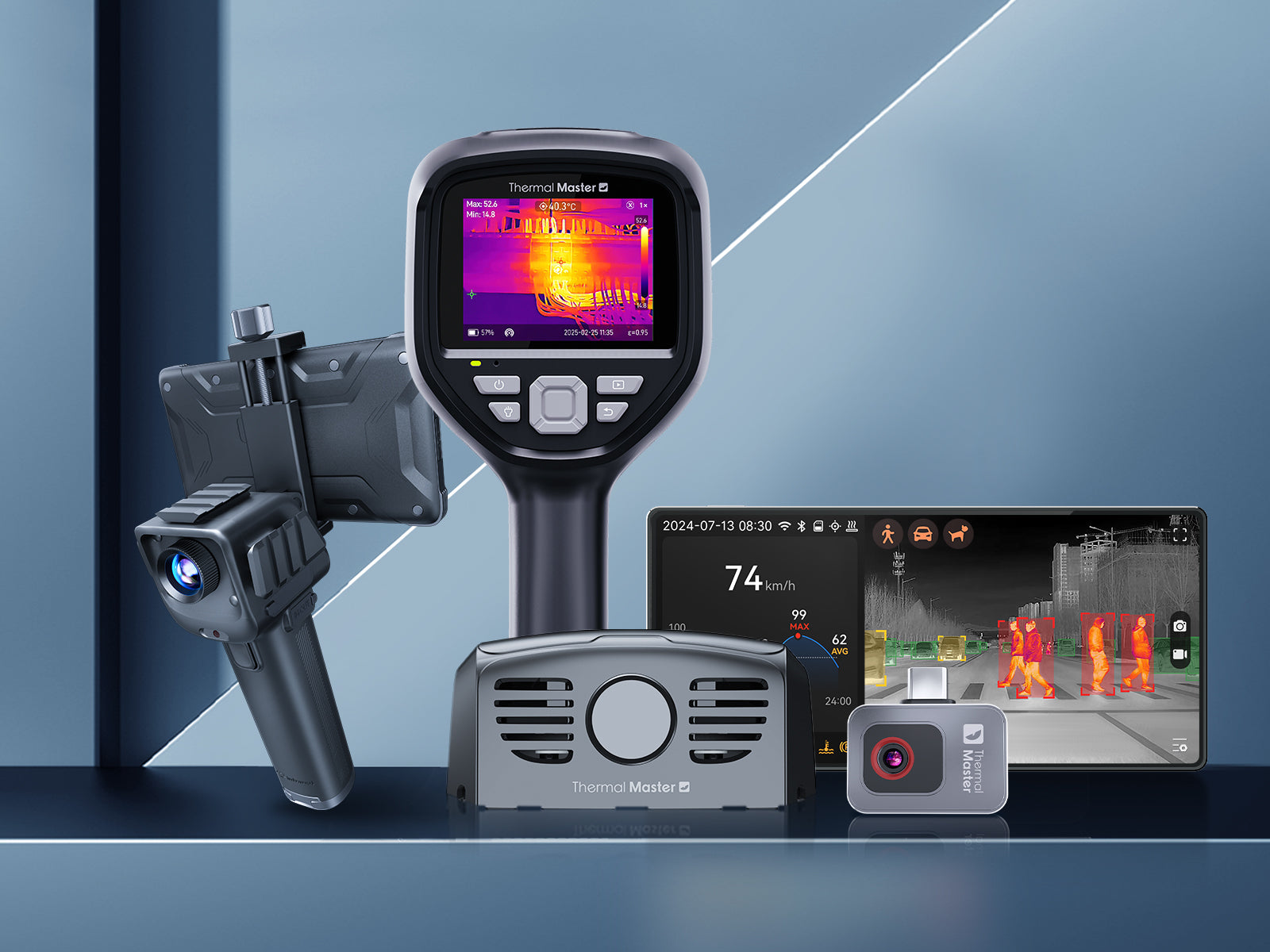
Leave a comment
All comments are moderated before being published.
This site is protected by hCaptcha and the hCaptcha Privacy Policy and Terms of Service apply.